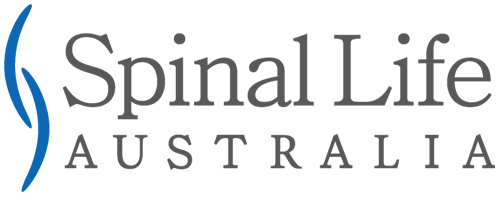The physical impacts of spinal cord damage
Click on the icons below to find out more.
Autonomic Dysreflexia
Autonomic Dysreflexia is a sudden and rapid surge in blood pressure and is considered a medical emergency (you should call 000 immediately).
It can occur when the nervous system receives pain or other messages from a paralysed part of your body. The most common trigger of Dysreflexia is over-full bowels and bladders.
Common Signs and Symptoms
- Pale skin
- Sweating and/or goosebumps
- High blood pressure
- Severe, pounding headaches that get worse as the blood pressure rises
- Red blotches on the face, neck, chest, and arms
- Stuffy or blocked nose
- Blurred vision
- Chills without a fever
- Hypotension

Common Causes
The causes for Autonomic Dysreflexia are wide and varied. However, some common causes are:
- Full bowel and bladder
- Catheter kinks or blockages
- Pressure sores
- Constipation or ‘wind’
- Ingrown toenails
- Menstrual cramps or labour pain
- Sexual intercourse or ejaculation

A key strategy for preventing Autonomic Dysreflexia is for the person with a spinal cord injury to maintain a high fluid intake, eat a balanced diet, put in place effective bladder drainage and bowel evacuation routines, and implement regular skin care monitoring and maintenance practices.
What to do if you think you are experiencing Autonomic Dysreflexia
Call 000 and let the operator know you have a medical emergency. Ensure the person experiencing Autonomic Dysreflexia is sat up as this can help temporarily lower blood pressure. At Spinal Life, we provide cards for people susceptible to Autonomic Dysreflexia to carry in case of emergency.





